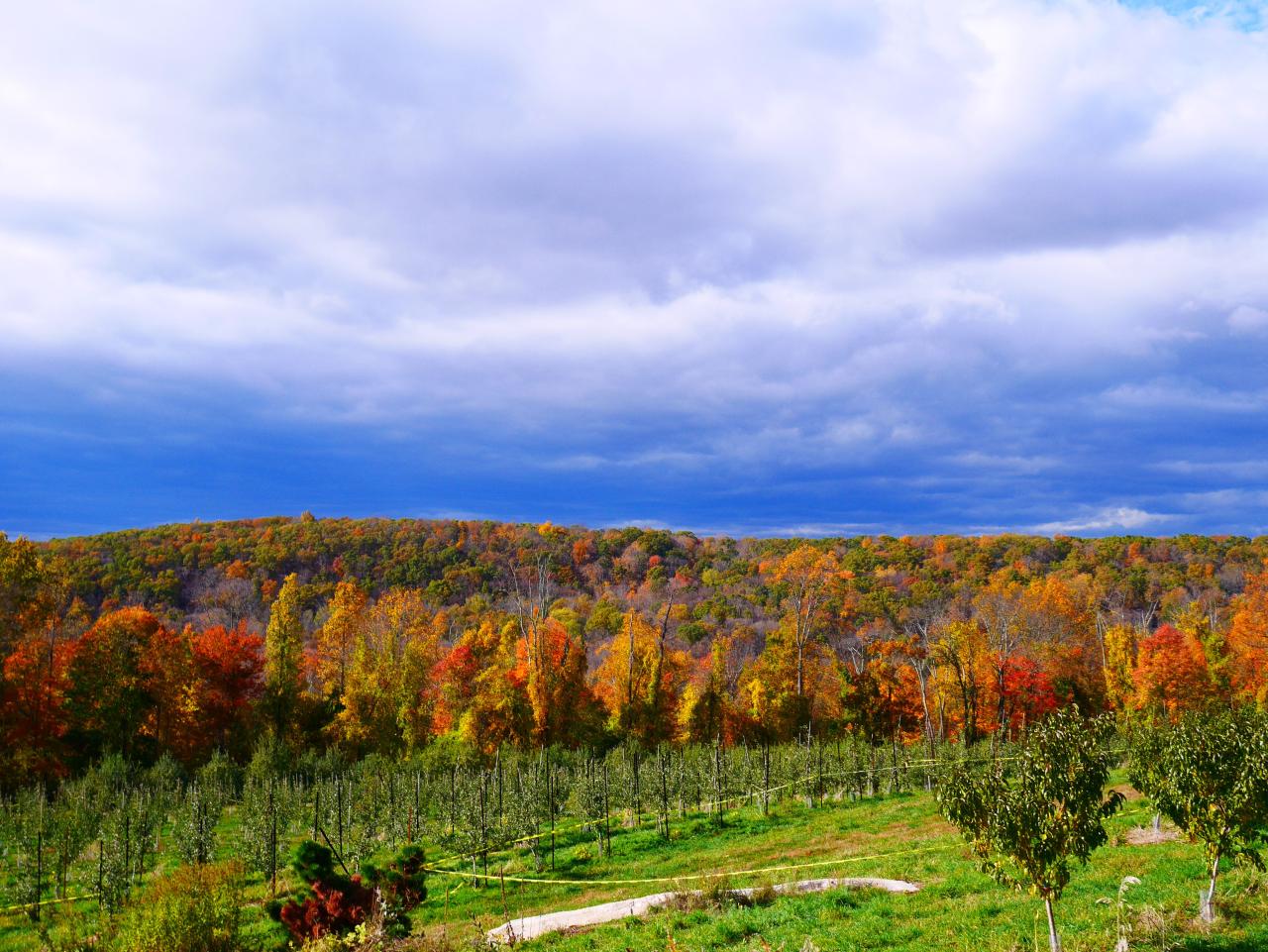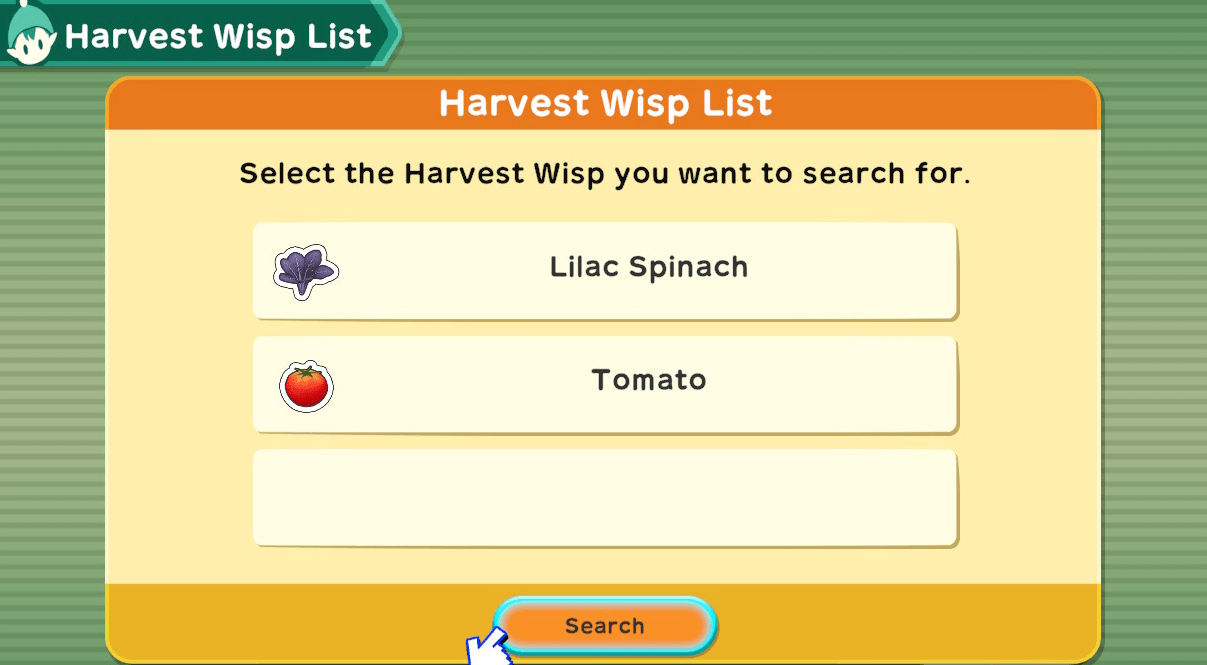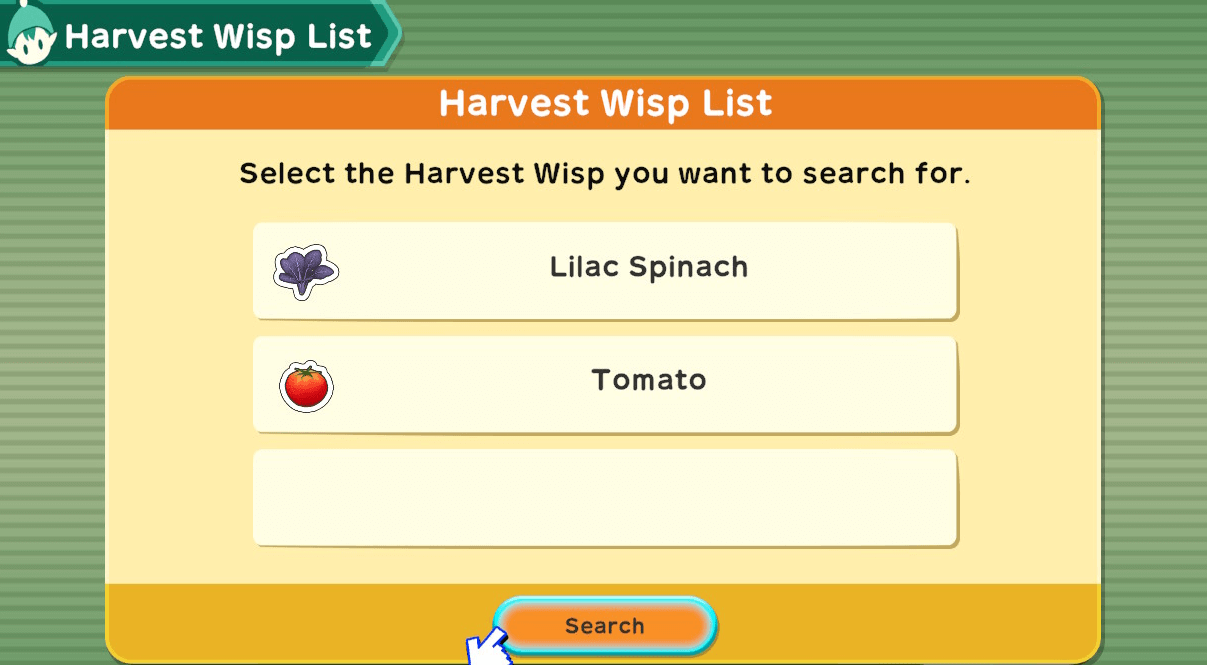How to Make the Most of Your Harvest Moon Orchard Experience is a comprehensive guide for aspiring and experienced farmers alike, delving into the intricacies of orchard management in the beloved Harvest Moon series. From strategic planning and cultivation to maximizing profitability and enhancing the visual appeal of your orchard, this guide provides actionable advice to elevate your farming experience.
Imagine a thriving orchard brimming with bountiful harvests, a testament to your dedication and expertise. This guide will equip you with the knowledge to transform your Harvest Moon orchard from a humble plot of land into a flourishing source of income and aesthetic delight.
Planning Your Harvest Moon Orchard

A well-planned orchard is the foundation for a successful and profitable Harvest Moon experience. Careful consideration of location, fruit tree selection, and soil preparation will maximize your yields and ensure a bountiful harvest.
Choosing the Right Location
The location of your orchard plays a crucial role in its success. Factors such as sunlight exposure, soil type, and proximity to water sources should be carefully evaluated.
- Sunlight:Fruit trees thrive in full sun, requiring at least six hours of direct sunlight daily. Choose a location that receives ample sunlight throughout the day.
- Soil Type:Different fruit trees have varying soil preferences. For example, apple trees prefer well-drained, slightly acidic soil, while peach trees require fertile, sandy loam. Consult a gardening guide or online resources for specific soil requirements for each fruit tree.
- Water Access:Fruit trees need regular watering, especially during dry periods. Choose a location near a water source, such as a well, pond, or irrigation system, to ensure convenient access for watering.
Selecting Fruit Trees
The choice of fruit trees to plant is a significant decision that will impact your orchard’s profitability and your personal enjoyment. Consider factors such as growth time, profitability, and personal preference.
- Growth Time:Different fruit trees have varying growth times, from a few years to several years before they begin producing fruit. Choose trees with a growth time that aligns with your long-term goals.
- Profitability:Some fruit trees, like apples and pears, are known for their high yields and market value. Consider the potential profitability of each fruit tree when making your selection.
- Personal Preference:Ultimately, the choice of fruit trees should reflect your personal taste. Select trees that produce fruit you enjoy eating or using in recipes.
Preparing the Soil
Before planting fruit trees, it is essential to prepare the soil to ensure optimal growth conditions. This involves a series of steps designed to improve soil structure, drainage, and nutrient content.
- Remove Weeds and Debris:Clear the planting area of any weeds, grass, or debris that may compete with the fruit trees for nutrients and water.
- Test Soil pH:Different fruit trees have specific pH requirements. Test your soil’s pH level and amend it as needed to achieve the ideal range for your chosen fruit trees. You can purchase soil testing kits at most garden centers.
- Incorporate Organic Matter:Adding organic matter, such as compost or manure, to the soil improves drainage, aeration, and nutrient content. Spread a generous layer of organic matter over the planting area and work it into the soil using a tiller or shovel.
- Dig Planting Holes:Dig planting holes that are twice as wide and as deep as the fruit tree’s root ball. This allows for adequate root expansion and drainage.
Cultivating Your Orchard
After carefully planning your Harvest Moon orchard, it’s time to roll up your sleeves and start nurturing your fruit trees. Consistent care is essential for maximizing your harvest and enjoying the fruits of your labor.
Watering and Fertilizing
Water is lifeblood for your fruit trees, and proper watering is crucial for their growth and productivity. In Harvest Moon, you’ll need to water your trees regularly, especially during dry seasons. You can use a watering can or a sprinkler system, and the amount of water needed will vary depending on the type of fruit tree and the weather conditions.Fertilizing your trees is another key aspect of cultivating a thriving orchard.
Fertilizer provides essential nutrients that support the growth of your trees and encourage fruit production. Different types of fertilizer are available in Harvest Moon, each with its own benefits. For example, you might find “growth fertilizer” that encourages rapid growth or “fruit fertilizer” that promotes fruit development.
Harvesting Your Fruit
Harvesting your fruit is the culmination of your orchard-keeping efforts. It’s a rewarding experience, and you’ll want to make sure you do it right to ensure you get the most out of your harvest. In Harvest Moon, you can use various tools to harvest your fruit, depending on the type of fruit you’re growing.
For example, you might use a sickle to harvest grapes or a basket to collect apples. The timing of your harvest is also crucial. Harvesting too early will result in smaller, less flavorful fruit, while waiting too long can lead to overripe and damaged fruit.
Keep an eye on your fruit trees and harvest them at the peak of ripeness.
Pest Control
While you’re busy nurturing your orchard, pests may also be trying to make a meal of your fruit trees. In Harvest Moon, pests can cause damage to your trees and reduce your harvest. It’s essential to be vigilant and implement effective pest control measures to protect your orchard.One method of pest control is to use pesticides.
You can purchase various pesticides in Harvest Moon, each designed to target specific pests. However, it’s important to use pesticides responsibly and follow the instructions carefully to avoid harming your trees or beneficial insects.Another approach is to attract beneficial insects that prey on pests.
For example, you might plant flowers that attract ladybugs, which are known for eating aphids. You can also use traps to capture pests and reduce their numbers.
Maximizing Orchard Profitability
While cultivating a thriving orchard is essential, maximizing its profitability requires strategic planning and implementation. Beyond simply growing fruit, you can significantly increase your income by focusing on enhancing the quality and value of your harvest.
To make the most of your Harvest Moon Orchard experience, be sure to plan your visit around the seasonal highlights. Check out The Most Exciting Things to Do at Harvest Moon Orchard This Year for a full list of events, but be sure to also check the orchard’s website for any last-minute updates.
With a little planning, you’re sure to have an unforgettable time at Harvest Moon Orchard.
Increasing Fruit Value
The value of your harvested fruits can be increased through various methods. These methods focus on improving the quality and marketability of your produce.
Maximizing your Harvest Moon Orchard experience involves strategic planting and nurturing, ensuring your crops thrive. Just like understanding the delicate process of cultivating Venus flytraps, as outlined in Venus Fly Trap Propagation Made Simple: Step-by-Step Guide , attention to detail in your Harvest Moon orchard can lead to bountiful harvests and a thriving farm.
Whether you’re aiming for perfect fruit or a flourishing flower patch, understanding the nuances of plant care is key to maximizing your Harvest Moon experience.
- Fertilizers:Applying fertilizers to your orchard trees can enhance fruit size, quality, and yield. Using fertilizers that are specifically formulated for fruit trees will provide the necessary nutrients for optimal growth. Refer to the in-game guide or consult with local agricultural experts for recommended fertilizer types and application schedules.
- Upgraded Tools:Using upgraded tools, such as a Golden Watering Can or a Silver Sickle, can improve the effectiveness of your orchard management. Upgraded tools allow for faster harvesting, more efficient watering, and increased yield, ultimately contributing to greater profitability.
- Fruit Quality:The quality of your fruit directly impacts its selling price. By tending to your trees regularly, watering them efficiently, and using fertilizers, you can ensure that your fruit grows to its full potential, resulting in a higher selling price.
Furthermore, participating in town events and festivals can also boost your fruit quality, leading to even higher prices.
Town Festivals and Events
Participating in town festivals and events related to your orchard produce offers significant benefits. These events provide opportunities to showcase your best fruit and earn additional income. Here’s how they can contribute to your profitability:
- Increased Exposure:Town festivals attract visitors, providing a platform to showcase your fruit to a wider audience. This increased exposure can lead to more sales and potential repeat customers.
- Premium Prices:Many festivals offer premium prices for high-quality fruit, providing an opportunity to earn significantly more than your usual selling price. Furthermore, winning competitions or awards can boost your reputation and further enhance your fruit’s value.
- Special Events:Some festivals and events may offer special opportunities, such as selling fruit baskets or participating in contests, which can lead to additional income and recognition.
Fruit Profitability Comparison
The profitability of different fruit types in Harvest Moon varies based on factors like growth time, selling price, and the potential for value-added products. The table below provides a comparison of popular fruit types, highlighting these factors:
Fruit Type |
Growth Time (Days) |
Selling Price (G) |
Value-Added Potential |
Profitability |
|---|---|---|---|---|
Apples |
7 |
100 |
Apple Juice, Apple Pie |
High |
Peaches |
10 |
150 |
Peach Jam, Peach Ice Cream |
High |
Strawberries |
4 |
80 |
Strawberry Jam, Strawberry Cake |
Moderate |
Grapes |
14 |
200 |
Wine, Grape Juice |
High |
Oranges |
12 |
120 |
Orange Juice, Orange Marmalade |
Moderate |
Orchard Design and Aesthetics

Beyond the practical considerations of planting and harvesting, a well-designed orchard can be a beautiful and inviting space. Aesthetics play a significant role in creating a satisfying orchard experience, enhancing its visual appeal and adding to the overall enjoyment of your harvest.
Fences and Decorations, How to Make the Most of Your Harvest Moon Orchard Experience
Fences serve a practical purpose in protecting your orchard from pests and providing a visual boundary. Beyond their function, they can also be a decorative element, adding to the overall aesthetic of your orchard.
- Traditional Wooden Fences: Classic and versatile, wooden fences offer a timeless appeal. They can be stained or painted to match your orchard’s theme or complement the surrounding landscape.
- Wrought Iron Fences: Adding an elegant touch, wrought iron fences are durable and can be designed with intricate patterns. They are often used to create a more formal or refined look.
- Living Fences: Using fast-growing shrubs or hedges, living fences provide a natural barrier while adding a lush and vibrant element to your orchard.
Decorations can further enhance the visual appeal of your orchard.
- Wind chimes: Gentle sounds of wind chimes create a calming ambiance and add a touch of whimsy.
- Bird feeders: Attracting birds to your orchard not only brings life and beauty but also aids in pest control.
- Ornamental plants: Adding flowering plants or shrubs around the perimeter of your orchard can create vibrant bursts of color.
Arranging Fruit Trees and Other Elements
The placement of fruit trees and other elements is crucial for achieving a visually appealing and functional orchard.
- Variety in Height: Mixing fruit trees of different heights creates visual interest and depth. Tall trees like apple or pear trees can serve as a backdrop, while shorter trees like blueberry bushes can be placed in the foreground.
- Color Contrast: Planting trees with different fruit colors, such as red apples, yellow pears, and purple plums, creates a vibrant and dynamic palette.
- Symmetry and Balance: Creating a sense of symmetry and balance can make your orchard feel more harmonious and pleasing to the eye.
Sample Orchard Layout
Here is a sample layout for an aesthetically pleasing and functional orchard:
- Perimeter: A traditional wooden fence encloses the orchard, stained a warm brown to complement the surrounding landscape.
- Pathways: Curving pathways made of gravel wind through the orchard, leading to different sections and providing access to all trees.
- Trees: Apple trees are planted along the back row, providing a tall backdrop. Pear trees are placed in the middle row, creating a mid-level layer. Blueberry bushes are planted in the front row, adding a burst of color and a lower level.
- Decorations: Wind chimes hang from the branches of the apple trees, creating a gentle sound. Bird feeders are placed strategically throughout the orchard, attracting a variety of birds. A small pond with a fountain is located near the center of the orchard, adding a calming element.
The Role of Animals in Orchard Management: How To Make The Most Of Your Harvest Moon Orchard Experience

Incorporating animals into your Harvest Moon orchard can significantly enhance its productivity and overall management. Animals provide valuable resources, contribute to efficient harvesting, and add a touch of charm to your virtual farm.
Benefits of Raising Animals in Your Orchard
Raising animals in your Harvest Moon orchard offers a multitude of benefits. These benefits can significantly enhance the overall productivity and efficiency of your orchard.
- Fertilizer Production:Animals produce manure, a valuable organic fertilizer that enriches the soil. By spreading manure around your orchard trees, you can improve soil fertility and promote healthier growth, leading to larger and more abundant harvests.
- Harvesting Assistance:Certain animals, such as cows and sheep, can assist in harvesting fruits from higher branches. This allows you to reach fruits that might be difficult or impossible to access manually, ensuring that no fruit goes to waste.
- Pest Control:Some animals, like chickens, can help control pests by consuming insects that might damage your trees and crops. This natural pest control method can reduce the need for chemical pesticides, promoting a healthier and more sustainable orchard.
Types of Animals and Their Contributions to Orchard Management
Harvest Moon offers a diverse range of animals that can be integrated into your orchard management strategy. Each animal type contributes unique benefits to the overall ecosystem of your orchard.
- Cows:Cows provide a generous supply of manure, which can be used as fertilizer to enrich the soil. They also help harvest fruits from higher branches, making it easier to gather all the ripe fruit.
- Sheep:Similar to cows, sheep produce manure that can be used as fertilizer. They are also excellent for grazing on grass and weeds, helping to keep the orchard floor tidy.
- Chickens:Chickens are valuable for pest control, as they consume insects that can damage crops. They also produce eggs, which can be sold for additional income.
- Horses:While not directly involved in orchard management, horses provide a means of transportation, making it easier to travel around your farm and collect resources.
Integrating Animals into Your Orchard Design and Routine
Effectively integrating animals into your orchard requires careful planning and consideration. The following tips can help you create a harmonious environment for both your animals and your orchard:
- Designated Animal Areas:Create dedicated areas within your orchard for your animals to graze, rest, and produce manure. This ensures that your animals have ample space and that their activities do not interfere with your orchard trees.
- Fencing and Barriers:Use fences to keep your animals contained within their designated areas and prevent them from damaging your trees. You can also use barriers to protect specific areas of your orchard, such as young saplings, from being trampled.
- Regular Cleaning:Regularly clean the animal areas to prevent the buildup of manure and other waste. This helps maintain a healthy environment for your animals and prevents the spread of diseases.
- Balanced Diet:Provide your animals with a balanced diet that includes hay, grain, and other supplements. This ensures that your animals are healthy and productive.
Ultimate Conclusion
By following these steps, you can cultivate a thriving orchard that not only provides you with a steady stream of income but also enhances the beauty of your Harvest Moon farm. Remember, the journey to a successful orchard is a rewarding one, filled with the joy of tending to your crops and the satisfaction of seeing your efforts bear fruit.
So, get ready to roll up your sleeves, embrace the cycle of seasons, and create a Harvest Moon orchard that you can be proud of.
Popular Questions
What are the most profitable fruits to grow in Harvest Moon?
The most profitable fruits in Harvest Moon vary depending on the specific game, but generally, fruits like Starfruit, Pomegranates, and Peaches tend to yield high profits due to their selling price and growth time.
How can I make my orchard more aesthetically pleasing?
You can enhance the visual appeal of your orchard by using different fences, decorations, and landscaping elements. Consider arranging your fruit trees in a pleasing pattern, adding paths, and incorporating flowers and shrubs to create a harmonious look.
What are the best tools for harvesting fruit?
Investing in upgraded tools like the Golden Sickle or the Silver Watering Can can significantly speed up the harvesting process and increase your yield. These tools are often available for purchase in the town shops as you progress in the game.
